Exfoliation 101: A Guide to Glowing Skin
Exfoliation is a fundamental step in any skincare routine. It promotes a healthy complexion by removing dead skin cells. Understanding the different exfoliation methods and choosing the right one for your skin type can significantly improve your skin's appearance and texture.
The Importance of Exfoliation
Our skin undergoes a constant process of cell renewal. This process slows down as we age, leading to a build-up of dead skin cells on the surface. This accumulation can result in:
- Dullness
- Rough texture
- Clogged pores
- Uneven skin tone
The Key Benefits of Exfoliation
Exfoliation helps combat these concerns by accelerating the shedding of dead skin cells, revealing the fresher, brighter layers beneath.
Here's a breakdown of the key benefits of exfoliation:
- Enhanced Skin Texture and Tone: Exfoliation smooths the skin's surface by eliminating dead skin cells, promoting a more even tone and texture.
- Reduced Pore Blockages: Exfoliation removes debris and excess oil from pores, minimising the likelihood of breakouts and blackheads.
- Diminished Fine Lines and Wrinkles: Regular exfoliation can help reduce the appearance of fine lines and wrinkles by stimulating collagen production and increasing skin elasticity.
- Improved Product Absorption: Exfoliated skin is better able to absorb skincare products, allowing active ingredients to penetrate deeper for maximum effectiveness.
- Faded Hyperpigmentation: Exfoliation can help fade dark spots and hyperpigmentation by encouraging the turnover of damaged skin cells.
Choosing The Type of Exfoliation: Physical vs. Chemical
There are two primary methods of exfoliation: physical and chemical. Selecting the right approach depends on your skin type and desired results.
Physical Exfoliation
Physical exfoliation utilises abrasive particles to buff away dead skin cells manually. Common exfoliating ingredients include:
- Larger Granules: Suitable for oily skin, these exfoliants contain abrasive particles like pumice or magnesium oxide crystals for more intense exfoliation.
- Smaller Granules: Products with finer granules, such as jojoba beads or rice powder, provide gentler exfoliation, making them ideal for sensitive skin.
Chemical Exfoliation
Chemical exfoliants use acids or enzymes to dissolve dead skin cells. Popular types include:
- Alpha-hydroxy acids (AHAs): Derived from natural sources like fruits and milk, AHAs (e.g., glycolic acid and lactic acid) are well-suited for oily skin types.
- Beta-Hydroxy Acid (BHA): Salicylic acid, the most common BHA, is particularly effective for acne-prone skin due to its ability to penetrate oil-filled pores.
- Enzymes: Enzyme-based exfoliants are gentle and ideal for sensitive skin types. They work gradually to dissolve dead skin cells.
Choosing the Right Exfoliant for Your Skin Type
- Normal Skin: You can tolerate most exfoliation methods. Consider starting with a gentle physical scrub 1-2 times weekly and gradually increasing frequency or intensity as needed. Chemical exfoliants with AHAs can also be a good option. We recommend the beplain Mung Bean pH-Balanced Cleansing Foam. This cleanser doubles as a toner thanks to its low pH of 5.5, making it gentle enough for everyday use. Mung bean extract offers mild cleansing and hydrating properties, leaving your skin soft and supple.
- Oily Skin: Opt for physical exfoliants with larger granules 2-3 times a week to remove excess oil and prevent breakouts. Chemical exfoliants with BHAs can further decongest pores. Consider the Anua Heartleaf 77% Soothing Toner. This toner contains 77% heartleaf extract to control excess oil and minimise pores. Witch hazel provides a gentle astringent effect to reduce shine further.
- Dry Skin: Choose gentle physical exfoliation with smaller granules 1-2 times weekly. Chemical exfoliants with AHAs can be beneficial, but opt for lower concentrations to avoid irritation. Look for hydrating formulas that nourish the skin. The Torriden DIVE IN Hyaluronic Acid Serum is a great choice, packed with hyaluronic acid to hydrate and plump dry skin deeply.
- Sensitive Skin: Proceed with caution—patch-test new products on your inner arm before applying them to your face. Chemical exfoliants with enzymes or gentle lactic acid AHAs may be suitable. Avoid harsh physical scrubs altogether. For sensitive skin, we recommend the Torriden BALANCEFUL Cica Daily Toner Pad. This toner pad is formulated with a pH of 5.5, making it gentle enough for even the most sensitive skin. It contains Centella Asiatica extract (cica) to soothe and calm irritation.
Remember: Avoid over-exfoliation, which can damage the skin's barrier function. Listen to your skin and adjust the frequency and intensity of exfoliation.

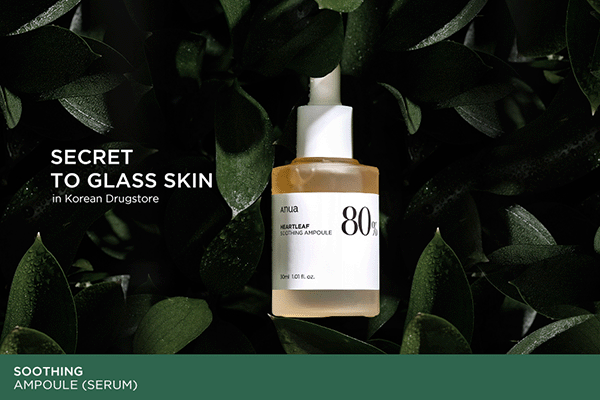

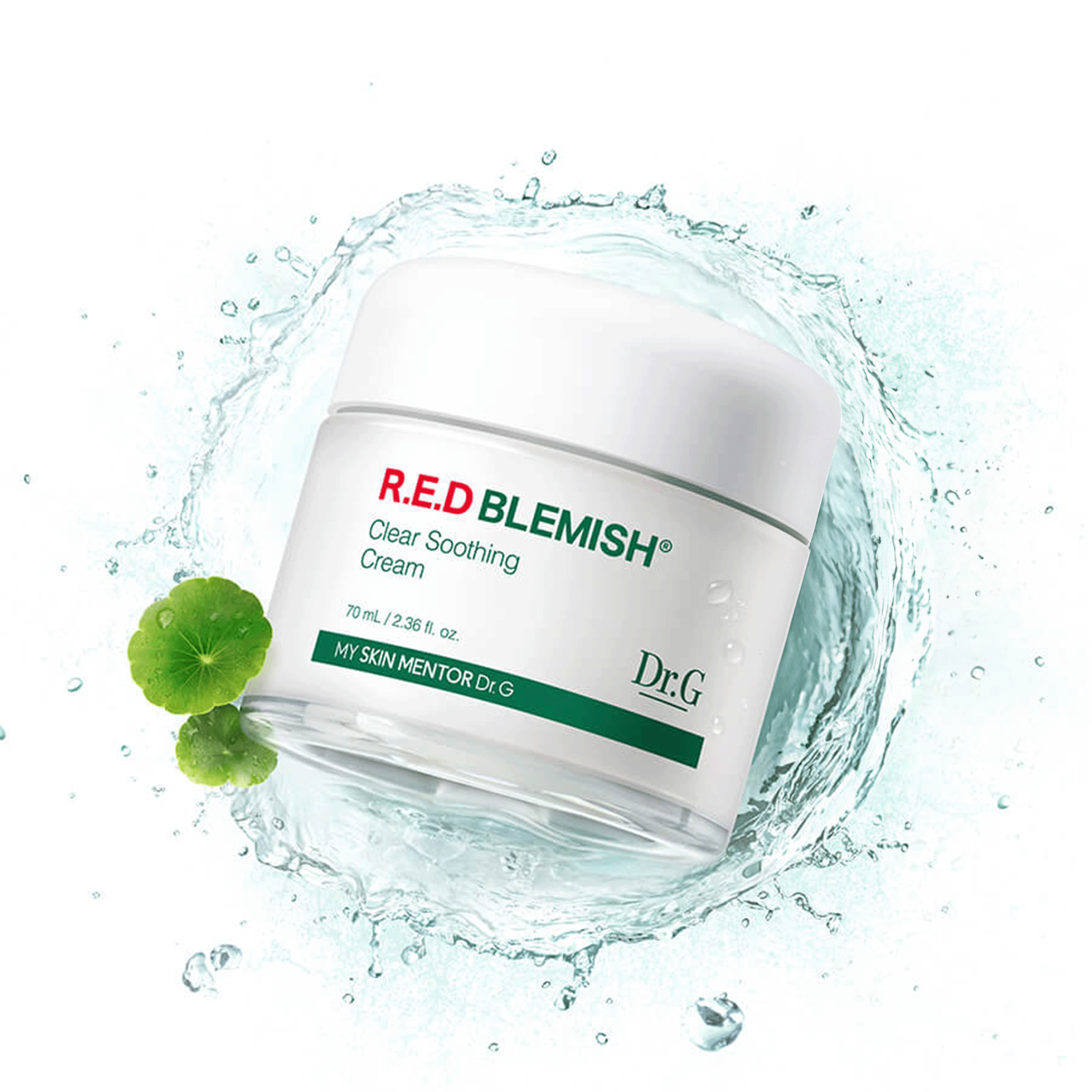

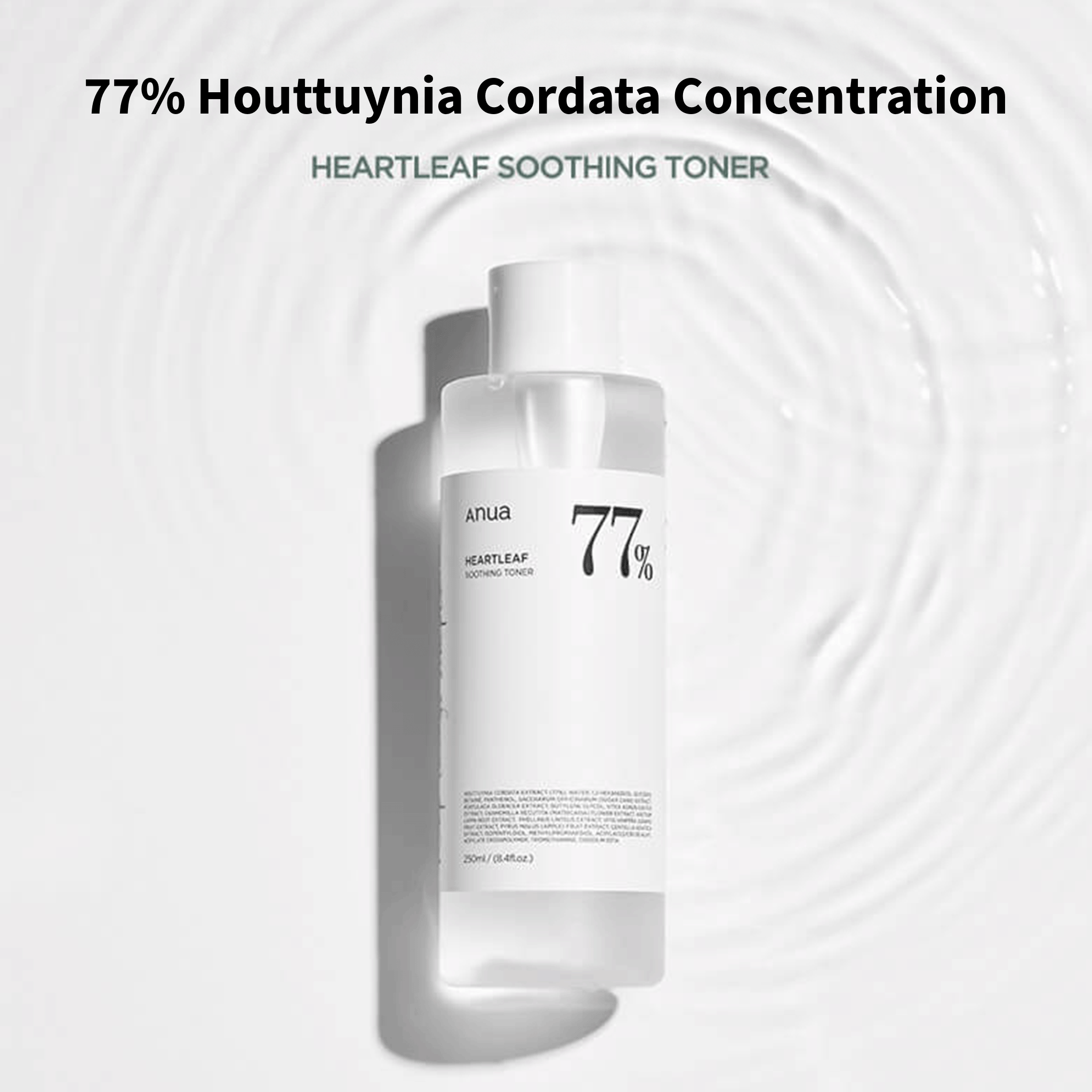




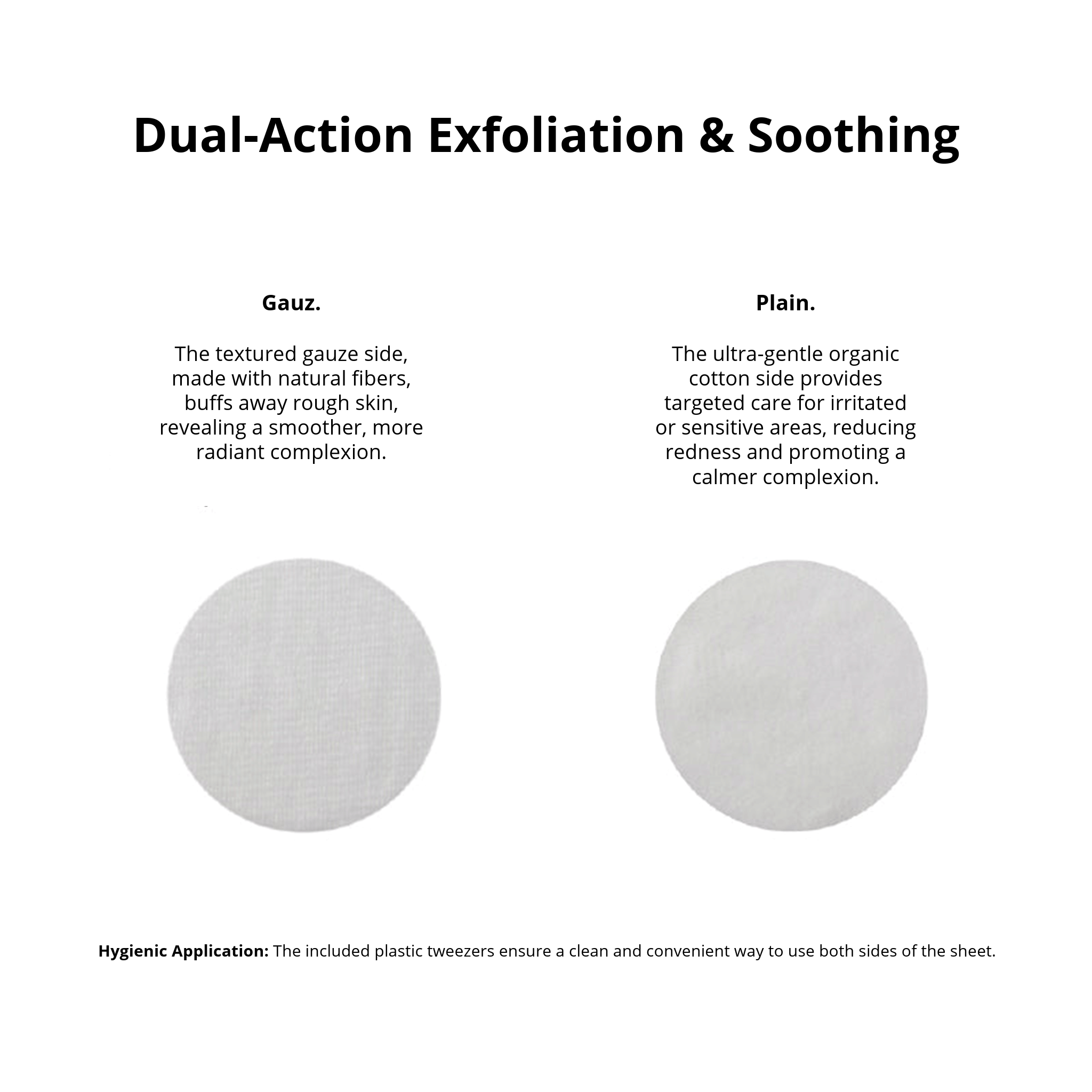
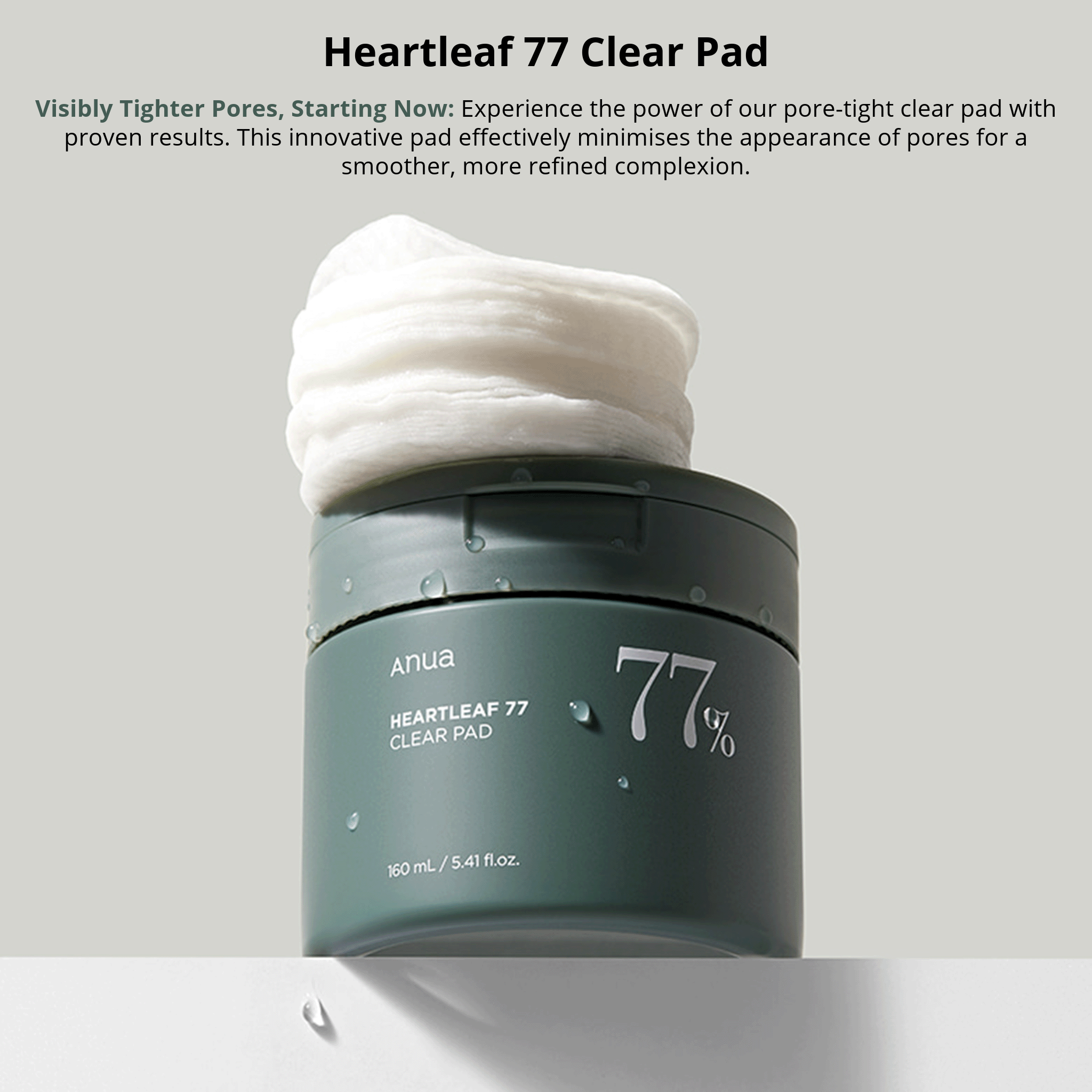





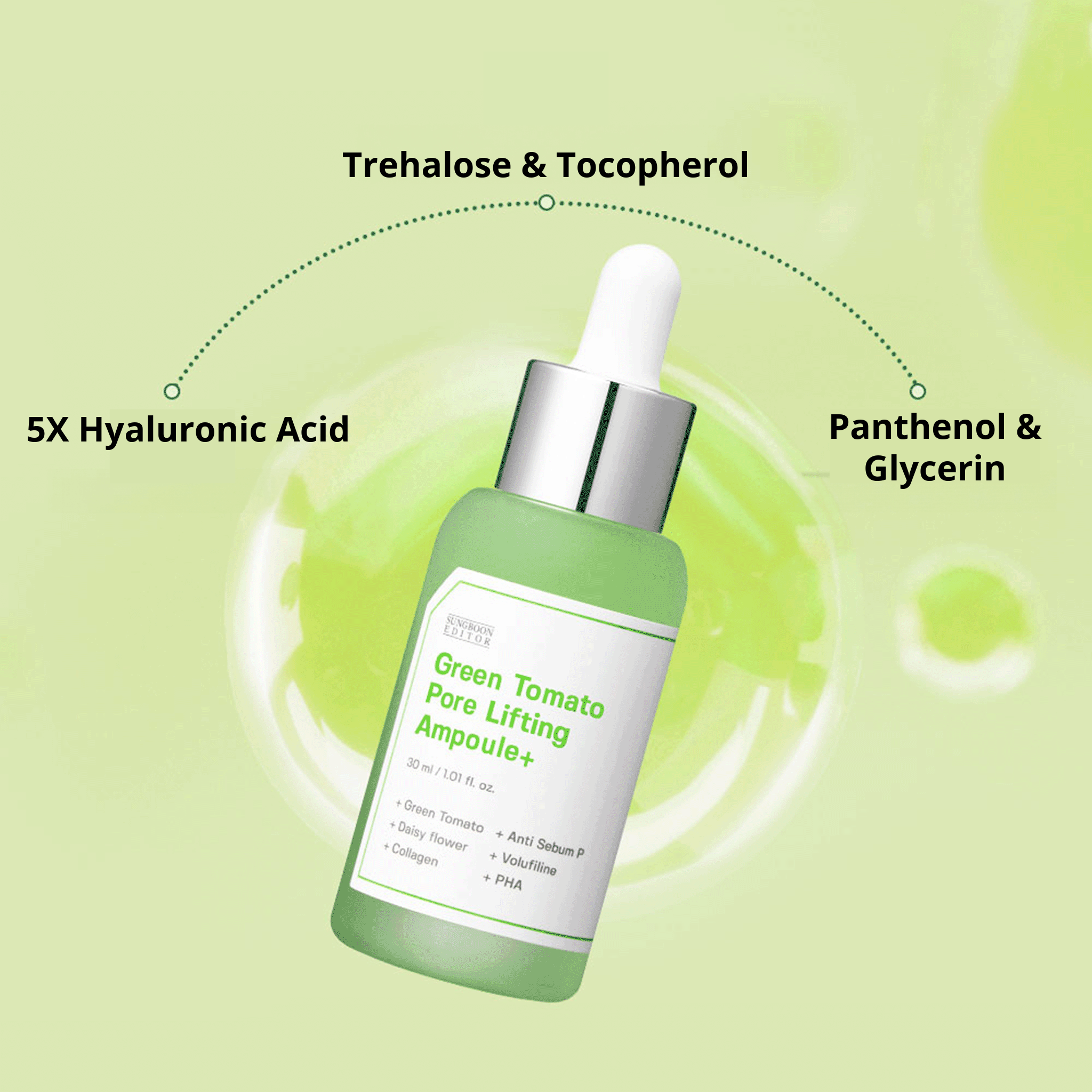

Leave a comment
This site is protected by hCaptcha and the hCaptcha Privacy Policy and Terms of Service apply.